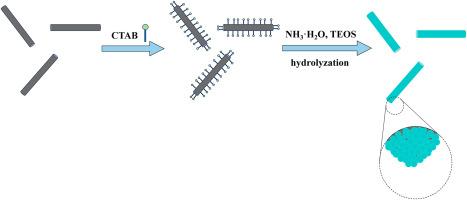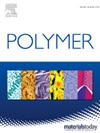Enhancing electrical insulation and thermal conductivity in polydimethylsiloxane polymer nanocomposites through silica coating on carbon fibers
Abstract
Mesophase pitch-based carbon fibers (MPCFs) exhibit high thermal conductivity (∼900Wm−1K−1) and are considered to be an important candidate for future thermal management. However, MPCFs lead to an increase in the electrical conductivity of nanocomposites due to the low volume electrical resistivity (∼10−3 Ω cm). The development of MPCFs nanocomposites with high thermal conductivity and good electrical insulation remains a challenging problem. In order to solve the problem, we utilized the surfactant cetyltrimethylammonium bromide (CTAB) as an anchor for hydrolysis, and employed a sol-gel method to deposit a silica coating on MPCFs (silica@MPCFs). Silica@MPCFs was used as the filler for polydimethylsiloxane (PDMS) matrix. The nanocomposites exhibit commendable thermal conductivity (achieving 1.52 Wm−1K−1) and excellent volume electrical insulation (exceeding 1013 Ω cm) at a 30 vol% concentration. Notably, both the thermal conductivity and volume electrical insulation exceed MPCFs/PDMS. This approach to electrical insulation treatment holds substantial potential for the future preparation of high-performance nanocomposites of electronic devices.


 求助内容:
求助内容: 应助结果提醒方式:
应助结果提醒方式:


